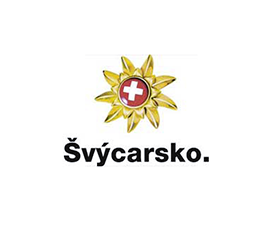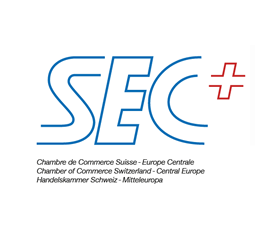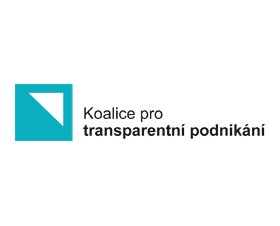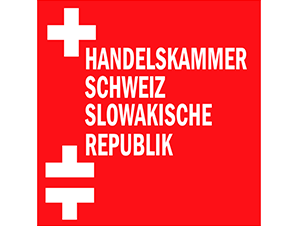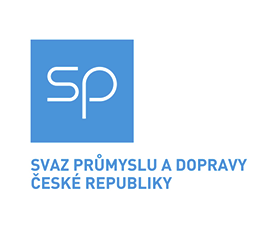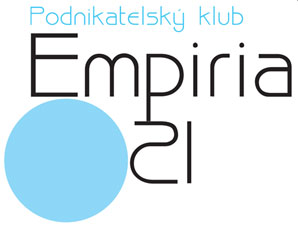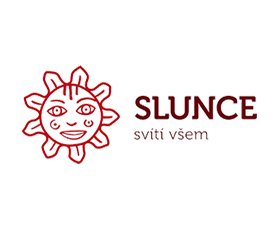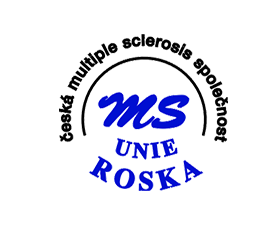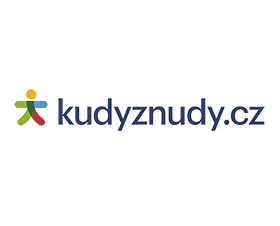The term “dark patterns” was first used by psychologists in the year 2010 in connection with the boom in e-commerce. The term relates to the manner in which websites are designed. Dark patterns are website elements that have been programmed intentionally with the aim to deceive users and force them to do something that they do not wish to do.
Such elements are usually incorporated into websites in order to increase sales or to bind the user (customer). In a broader sense, dark patterns can be described as any practice that manipulates the intent of a website user so as to ensure that the resulting effect is beneficial to the operator (to the relevant company) but not to such user. Dark patterns on websites can be divided into several categories, depending on type. All of these categories, however, have two elements in common, the above-described intent to manipulate the intent of a website user to the benefit of the website owner, and to the detriment of the website user.
In addition to their presence in the area of website design, dark patterns can also be seen in the legal sphere. The same elements are present - such dark patterns are targeted at a particular individual, they manipulate the individual and are to the individual’s detriment.
For the sake of illustration, we have provided examples of two types of dark patterns previously described in connection with website design that can also be seen in the legal practice.
1) Forced continuity
This is a situation where a customer commits to a certain offer (for example, a free-of-charge trial advertisement for a one-month period). After the one-month period has elapsed, however, a dark pattern activates that transforms the original trial commitment into a permanent commitment and concurrently introduces periodic billing without providing the customer with the ability to immediately terminate the commitment. The customer’s surprise further increases when the customer receives a warning, without any prior notifications, that if the customer does not accept such permanent commitment and the associated billing terms, several other dark patterns will also activate (for example: reserved rights, cancellation penalties and so forth). This dark pattern forms the basis of so-called catalog fraud. Such fraud works by giving the target consumer a mistaken impression. Catalog fraud has been described in legal literature and has been addressed by the courts in cases involving deceptive practices by advertising firms.
2) Roach motel
This is a situation similar to the preceding example, with the difference being that the bait consists of a dishonest practice that is used to establish a business relationship. This practice is frequently used by mobile telephony operators, by companies in the financial sector and energy utilities. The bait is simple and at first glance appears to be innocent. Establishing the relevant commitment takes only a few minutes (the time needed for a single signature), no great effort is required, and seemingly, neither is any prudence needed. However, if the customer wants to terminate the commitment, the customer encounters impediments that are frequently unjustified or even absurd, and these impediments make termination of the commitment a very complicated process.
From the point of view of public interest, dark patterns are undesirable. From a legal point of view, these practices can be classified as deceitful. From the point of view of de lege lata, remedies against dark patterns can be found under the regulations regulating unfair competition (for example, aggressive business practices), contravention of good morals or contravention of the principles of honest business dealings. When defending oneself legally against such practices, one can also invoke an objection that the relevant act in law was invalid because the party concerned was misled.
Issues associated with dark patterns can also overlap into the area of competition law or law governing the protection of personal data; they may even involve impacts under criminal law. Authorities with the jurisdiction to take steps against dark patterns include, besides the courts or public prosecutors, the Czech Trade Inspection Authority, Office for Personal Data Protection and the Office for Protection of Competition.
In summary, while the use of dark patterns is not explicitly regulated in Czech law, the regulations governing unfair competition and consumer protection can be used to provide a certain amount of protection in this regard.
It is our view that a failure to take effective steps against the arbitrary use of dark patterns could not only diminish trust between contracting parties but could also diminish trust in the law as such. A socially responsible entity (i.e. a socially responsible company) should, in accordance with the principle of honest business practices, avoid the use of dark patterns completely.
Mgr. Lucie Kianková, BA
attorney / IP & IT Law Team Leader
Mgr. Libor Pavlíček
trainee lawyer
Rödl & Partner, advokáti, v.o.s.









